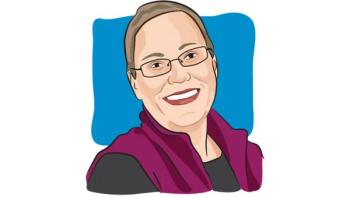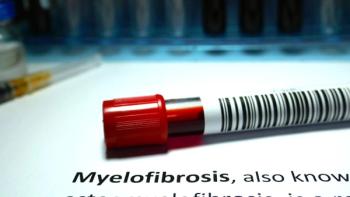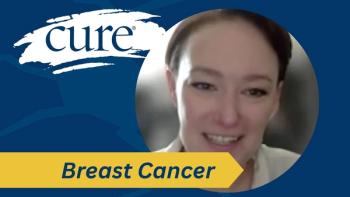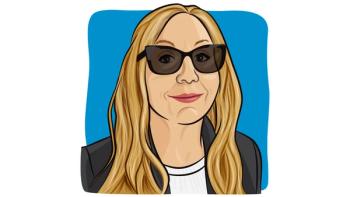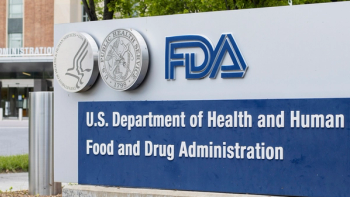
Having a Cancer Community on Social Media Can Be Healing
Talking about the good, bad and ugly aspects of cancer on social media is “the most healing part of this community,” a survivor said.
When it comes to cancer, sharing the good, bad and ugly on social media allows the community to heal together, a metastatic breast cancer survivor and comedian told CURE®.
It’s important to have the ability to share all aspects of cancer on social media “because the bad and the ugly will suffocate you to where you can’t see the good anymore,” said Annie Bond during an interview with CURE®.
Bond is a comedian, metastatic breast cancer survivor and cancer advocate who shares her experiences with cancer on social media platforms such as TikTok and Instagram.
She noted that life with cancer “can be shocking, and it’s so different,” also explaining that it can be lonely because “even these friends and people I’ve been able to depend on for so long don’t really know who I am anymore — they don’t treat me the same anymore.”
But, having a cancer community on social media who can truly empathize with the darker moments has been “the most healing part of this community,” Bond said.
WATCH MORE:
Recently, Bond discussed her experience with post-traumatic stress disorder (PTSD) on social media, explaining that it takes “work and self-reflection” to heal.
Bond spoke with CURE® about why having a cancer community on social media can be healing and relatable, even when experiencing mental health effects, such as PTSD.
Transcript:
I made a video recently just talking about PTSD and how with cancer, it's not like there's one event — it really becomes a lifetime of continued trauma. And continuous things that we are now [having, like] a new fear or now there's this new thing we're dealing with. And that is a traumatic event that we've all been through.
It takes a lot of work and knowledge and self-reflection to figure out what the best healing is for you. I know it took me a long time to do it. And I have done so many different types of therapy. But I'm just as proud of myself for how much I've worked on my mental health, for my own sake [and] for the people I love [than] about the fact that I've survived this disease because I feel like I had nothing to do with that. That's just luck. And I just did what they told me and got the right doctors.
But the other stuff I did have some control over. And so, I took it back and I was like, “You know what? My life is gonna be magical and wonderful. And cancer cannot take that away from me.”
This transcript has been edited for clarity and conciseness.
For more news on cancer updates, research and education, don’t forget to

